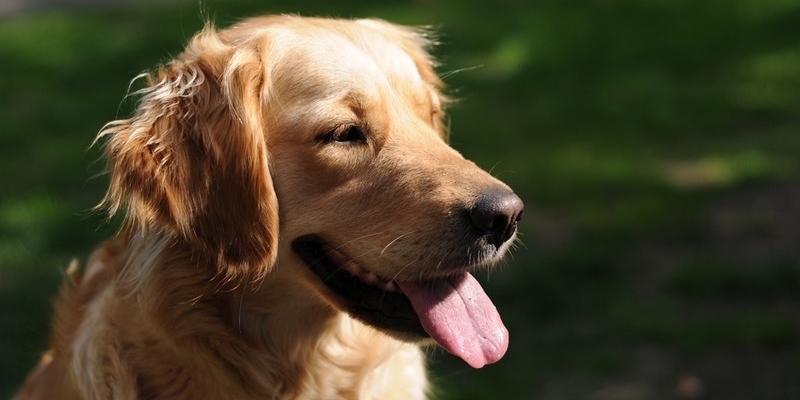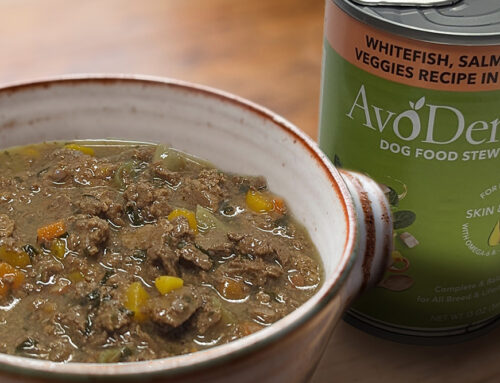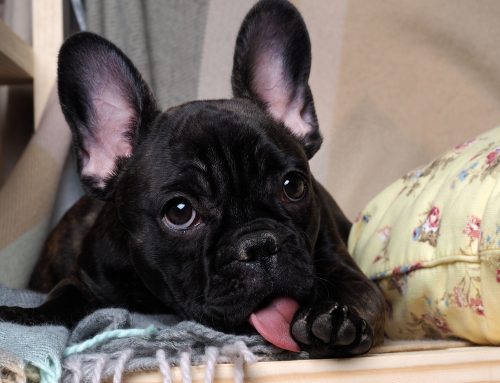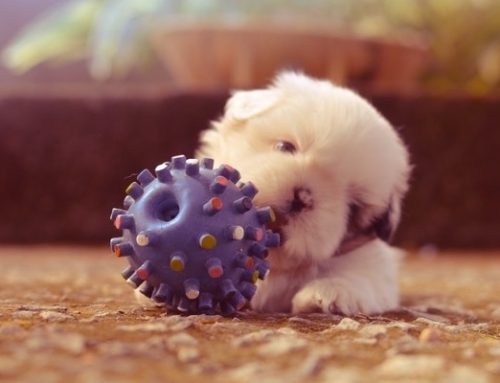Cleaning a dog’s teeth is as important to her health as a good diet, regular exercise and a fun bath, now and then. It means more than fresh breath: clean teeth and healthy gums are important for eating, playing and even a strong heart. Luckily, keeping your pet’s teeth clean is simple and we have tips to help.
How to Recognize Clean Dog Teeth
How do you know if your dog’s teeth and gums are healthy? First, check the color of her gums. Most dogs’ gums are pink, like bubblegum. It is important to learn what your own dog’s mouth looks like when she’s healthy so that you’ll notice any changes in the future. Every dog is unique, so you’ll be the best judge of your own furry friend.
It sounds obvious, but your dog’s teeth should be white and clean. Plaque and tartar buildup will appear as yellowing or spots and could be the source of any bad breath. Bad breath is not, as is often assumed, normal for dogs. Considerable bad breath is a sign of teeth that need to be cleaned.
If your dog is particularly calm, she might let you press lightly on her gums to track what is called “capillary refill time.” This simply means watching how long it takes the gums to return to their normal color after applying pressure. The average time for a healthy dog is under two seconds.
Keeping Your Dog’s Teeth Clean
Keeping your dog’s mouth clean begins with a healthy diet. The best food for strong teeth and a healthy body is made from whole foods, such as fruits, vegetables and meats. These natural ingredients won’t stick to her teeth—instead, the chewing action will help remove some of the stuck-on sugars that create plaque and lead to foul breath.
Good-quality kibble, protein-rich food, treats and toys all promote good oral health. Opt for dental treats and dog toys that are specifically designed to freshen breath and brush teeth. These can be made of rubber, nylon, bone and other materials and come in many shapes and sizes. They often incorporate nubs or ridges to increase the brushing action. Some dental treats include added vitamins and minerals, too, to pack in the nutritional and hygienic benefits.
How Often Should You Brush Your Dog’s Teeth?
Veterinarians recommend brushing your dog’s teeth every day. This is tricky, especially if she dislikes it. No one wants to make their puppy anything but happy! But it’s important to do it as often as possible. In fact, it is the most effective way to clean a dog’s mouth. Where chew toys and treats are good supplements to a cleaning routine, brushing should be the primary method of at-home plaque and tartar removal.
Vets also suggest bringing your dog in for a professional dental cleaning once a year. This involves anesthetizing your pet to deeply scrub the teeth and gums in places that a toothbrush can’t reach. Anesthesia is completely safe for dogs but, for your own peace of mind, prepare questions to ask your vet about his anesthesia experience and process. The high cost is often another factor in this decision but pet owners should always consider the procedure, even if it’s done every few years.
How to Brush Your Dog’s Teeth
Your most important job is making dental care comfortable and easy for your best friend. Dogs might not like the feeling of a toothbrush, initially, but you can give them a sample taste of the toothpaste before you start. Ease them into the process gently, with a comforting tone of voice and lots of petting. React patiently, especially in the beginning, so that your dog does not become anxious or frightened.
Always use dog-specific toothpaste—human toothpaste and baking soda are not safe for dogs. A dog toothbrush will make the process easier but you can also use a baby toothbrush with soft bristles. A brush that fits over your fingertip might be more maneuverable and more comfortable for your dog.
Cleaning her teeth is simple. First, lift her lip and gently brush the outside surfaces of her teeth and gums. Make sure that you carefully reach back to the molars, where plaque can be difficult to see. Don’t try to open her mouth if she doesn’t want to. Instead, focus on the easy surfaces.
If your dog simply won’t let you use a brush right away, try dental wipes. They’re textured to remove debris and bacteria easily, though it might be difficult to wipe her molars. In cases where a dog refuses to let a brush or a wipe into her mouth, dental sprays can help. With a few sprays in the morning and at night, these products are meant to control the balance of bacteria to reduce plaque on teeth and freshen breath.
Whichever method you use, always reward your best friend with lots of positive reinforcement—playing, petting and talking to her happily will show her that she’s behaved well. Canine toothpastes are usually flavored with bacon or peanut butter so that they taste like a treat. Turn brushing time into a happy part of your dog’s day by incorporating toys and making the toothpaste on the brush into a kind of treat to which they’ll begin to look forward.
Oral hygiene is an important part of your pet care routine. The bottom line is that using a brush as often as possible is the best way to keep your dog’s teeth sparkling white and clean. And keeping her teeth and gums clean promotes good health, all around.
SOURCES
- “7 Tips for Doggie Dental Care.” Cesar’s Way, 6 Feb. 2018.





